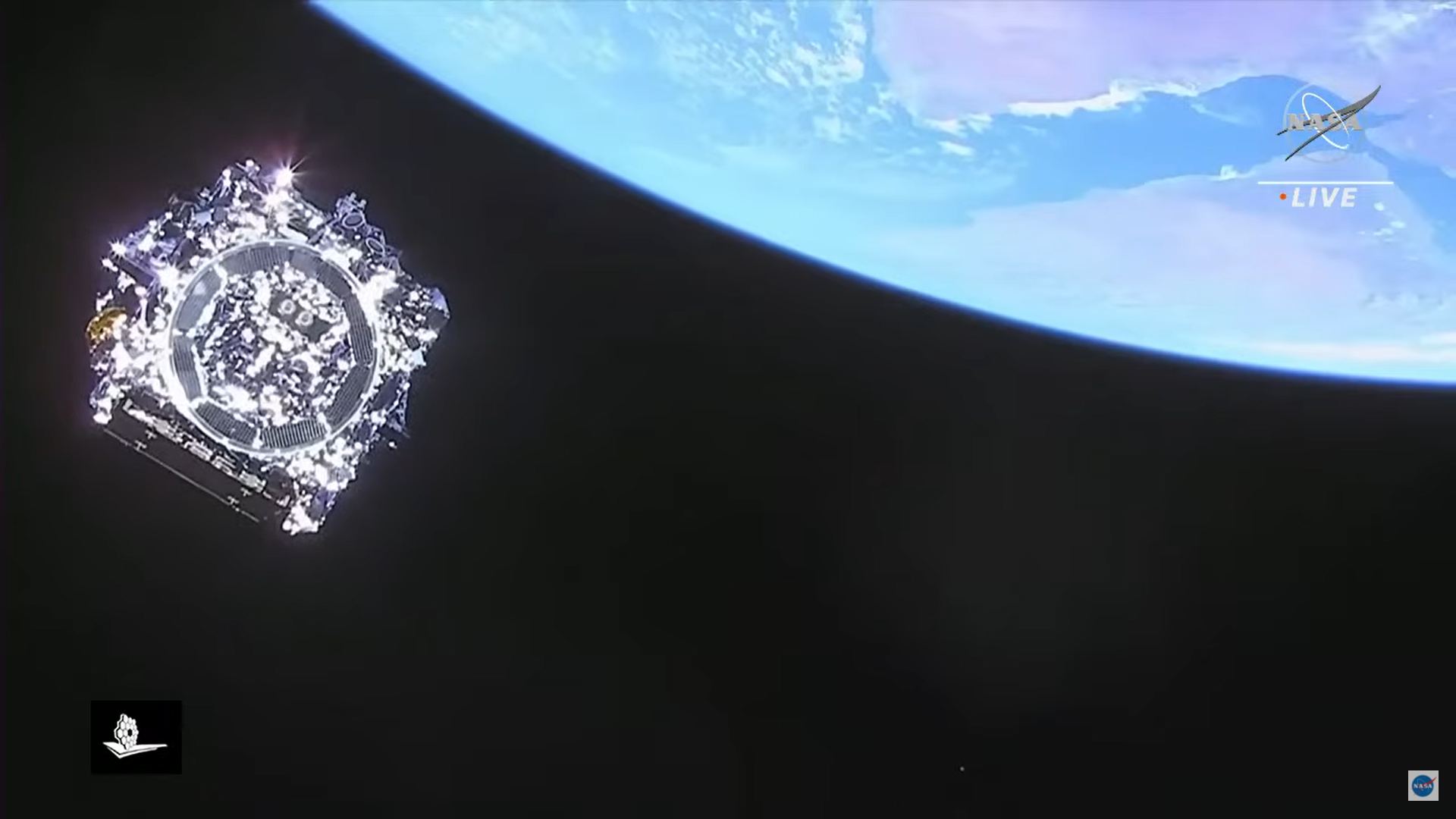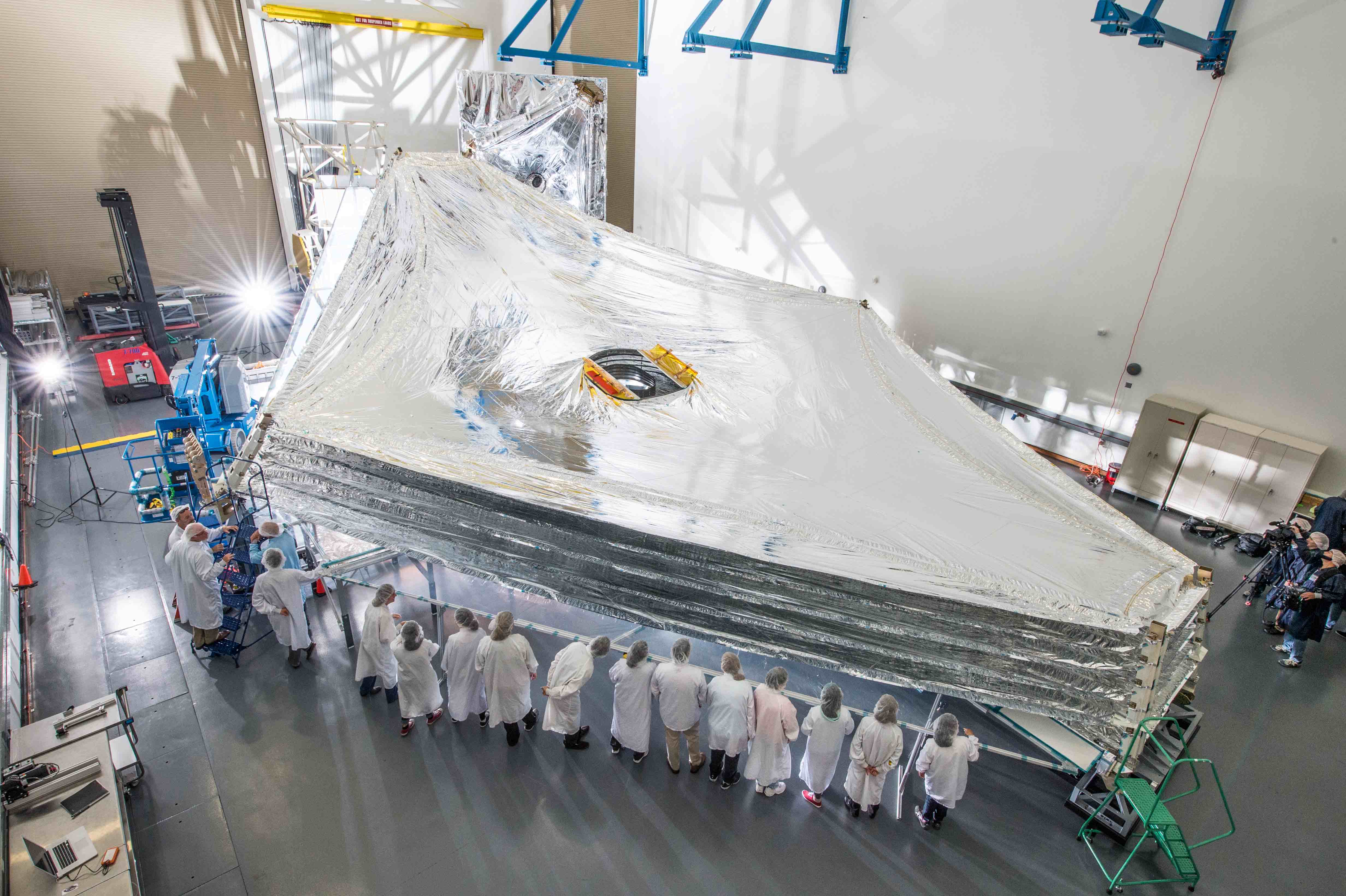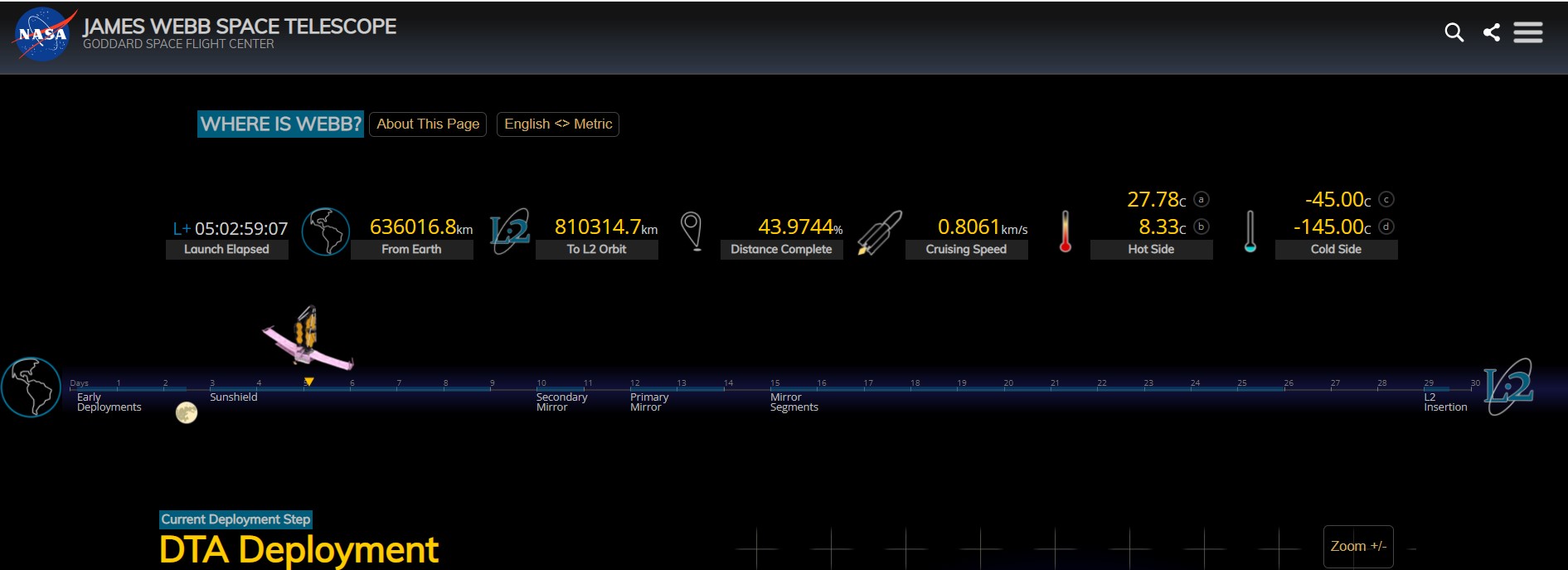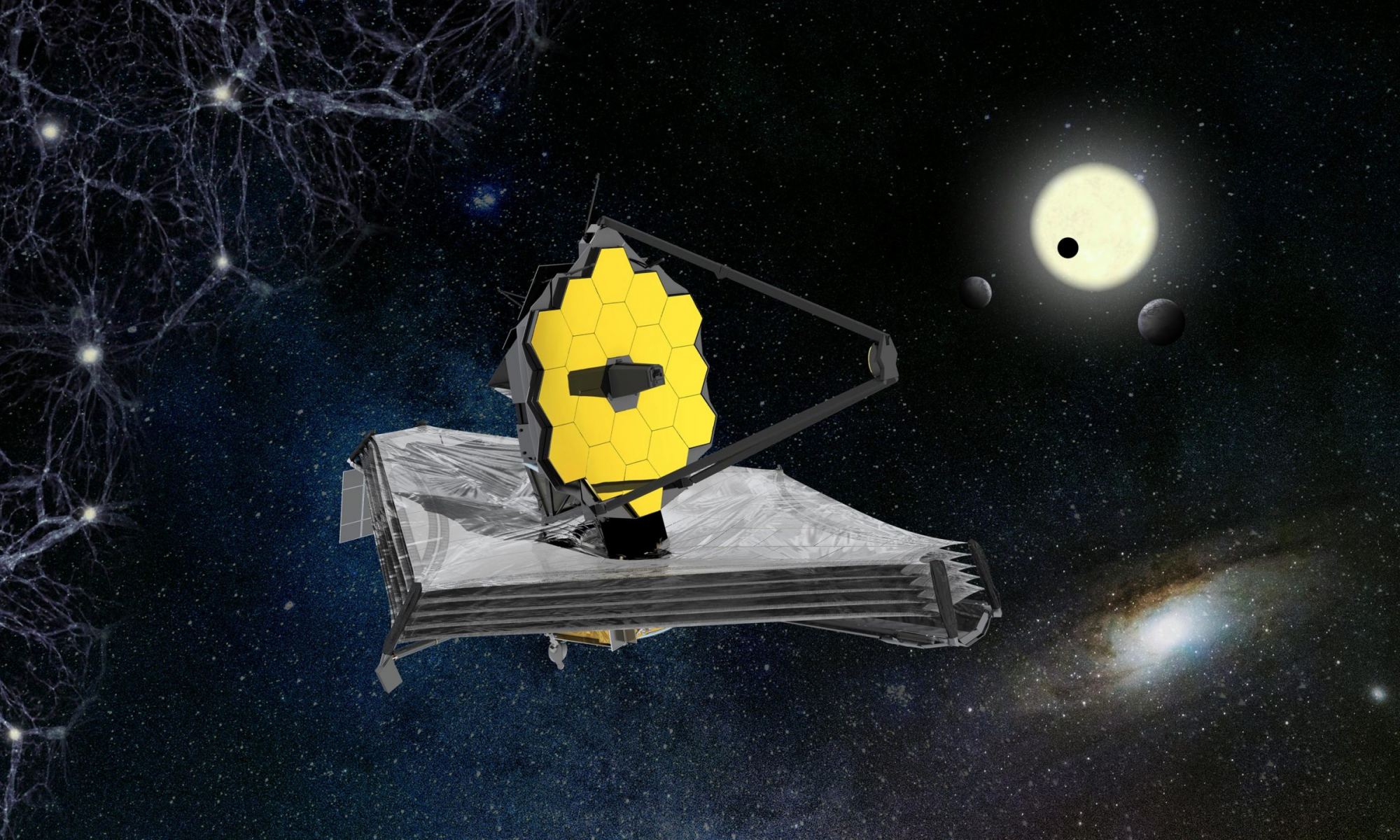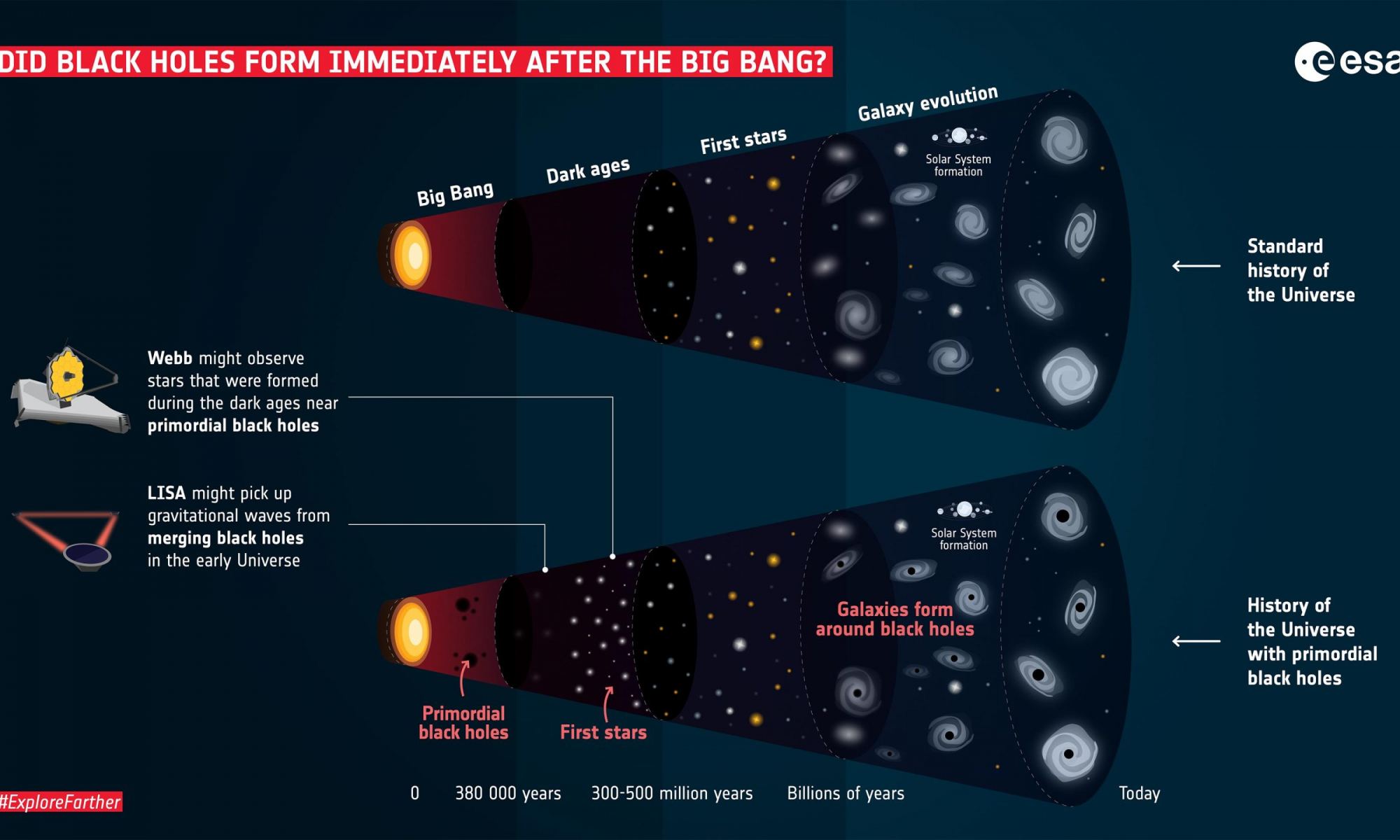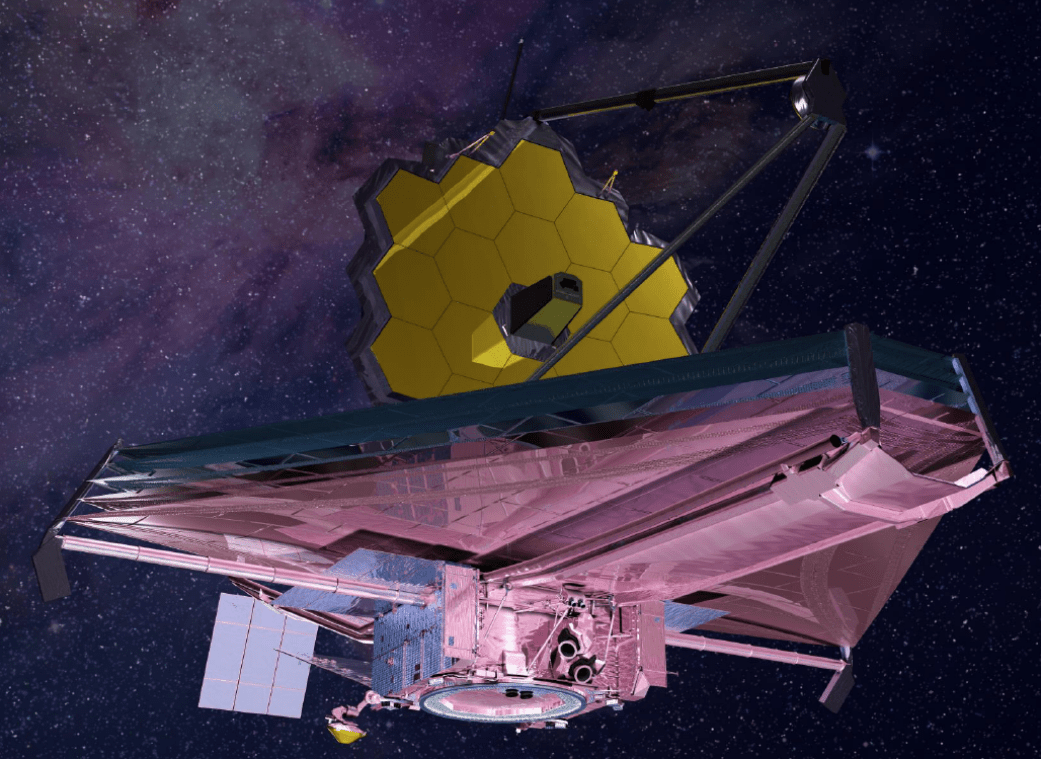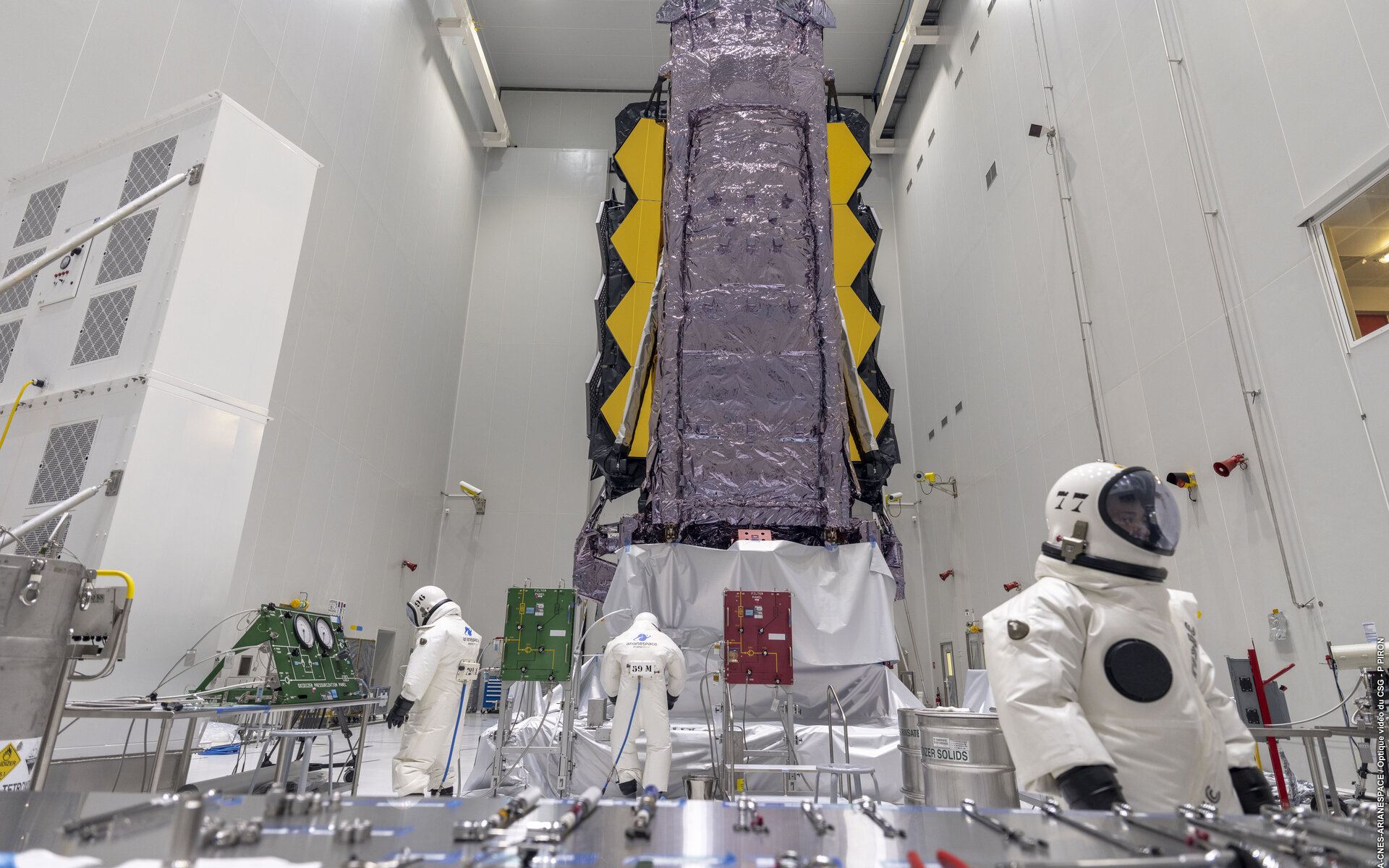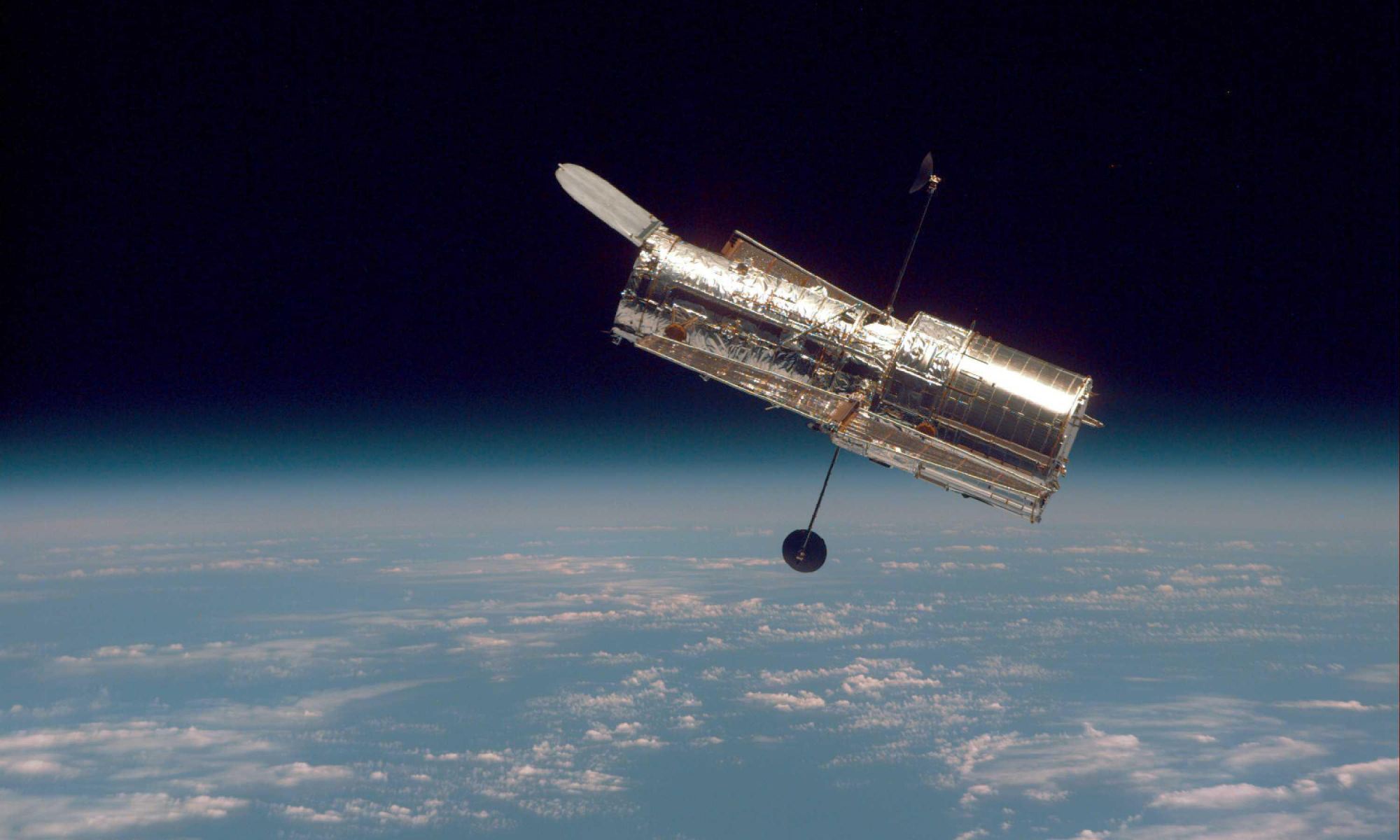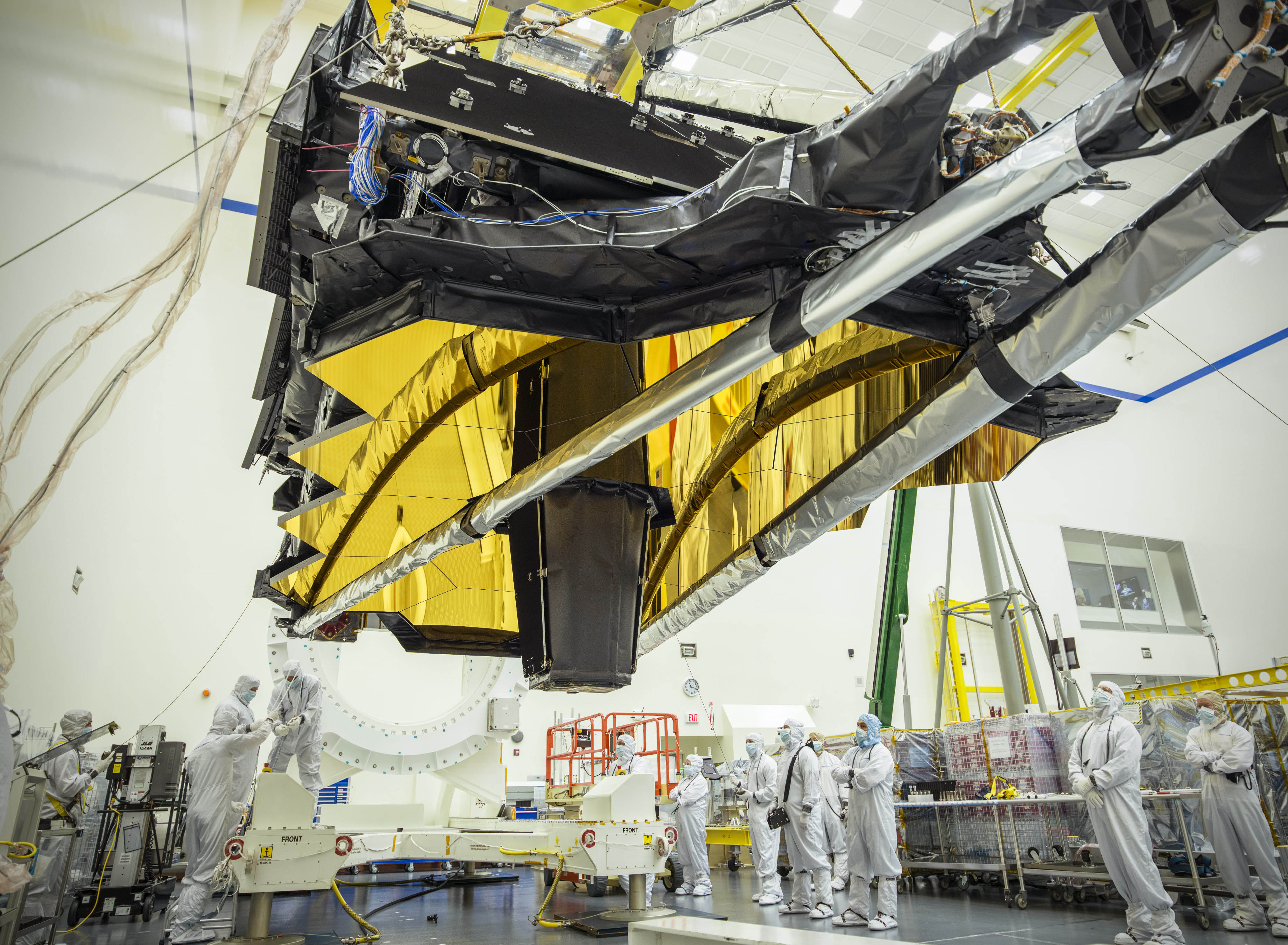On December 25th, 2021, astronomers and space exploration enthusiasts got the greatest Christmas present of all! After years of delays, cost overruns, and additional testing, the James Webb Space Telescope (JWST) launched from Europe’s Spaceport in Kourou, French Guiana. In what was a real nail-biter, the Ariane 5 rocket and its precious payload reached orbit without a hitch. But as is so often the case, the deployment of the JWST was just the first in a series of “hurry up and wait” episodes.
Typically, periods of waiting are seeing are accompanied by plenty of worry and doubt. Luckily, there have been several positive developments since the JWST launched that could help alleviate these anxieties. The latest is how the telescope successfully deployed its aft momentum flap, an instrument that will keep the telescope oriented during its mission. The news was announced yesterday (December 30th) via @NASAWebb, NASA’s official Twitter account for the Webb telescope, and the JWST page at NASA Blogs.
Continue reading “JWST Just Deployed a Sail That Lets it Stop Getting Pushed Around by the Sun’s Radiation.”
